
Published: 11 Dec 2018
Increasingly heritage sites are commissioning digital offers for families and ATS has worked on a variety of successful projects aimed at this audience. For example, this year we worked at Eltham Palace (London) alongside Edinburgh-based designers Bright 3D to come up with an updated interpretive offer for families.
There was an understanding that the family offer at Eltham was not as strong as it could be and that multimedia guides could help. James Simpson, Senior 3D Designer at Bright explains more:
“All the components were there – medieval palace and Art Deco house – but we felt an additional layer, albeit a light touch one, would make a great impact especially combined with a redressing of the property at the same time… By establishing the premise of a 1930s weekend house party.”
Immersive experiences rooted in fact appeal to most audiences, particularly the families and ’Experience Seekers’ that English Heritage were trying to attract to Eltham Palace. So we worked with the design team and the property’s curators to recreate the atmosphere of the 1930s when the Courtauld family lived at Eltham. English Heritage wanted every visitor to feel like a welcome guest coming to an event and Bright 3D had worked with them to identify a range of real life, fascinating Courtauld guests ranging from mountain climbers and arctic explorers to film producers and socialites. We took these characters, created a party, and put them into the multimedia guide.
Visitors to Eltham are given an invitation when they arrive telling them which guest they are. We created a film that told them all about their hosts, the party they were going to attend and that it was March 1937. They then meet their guide (a different one each for adults and families) who via the multimedia tour shows them the house and gardens before cocktails and dinner. It’s a tour full of people and activity, the build up to a party. One of the greatest challenges was to make sure that visitors don’t meet their own character as they enter a room!
Multimedia content – for any audience – should not be created in isolation. It’s important while we’re being creative that we keep the users in mind and think about the fuller visitor experience. That’s why, when we’re commissioned to create content for a specific audience, we try to find out as much as possible about them and the context in which that product will sit. It’s all about creating joined up visitor experiences. Bright 3D had planned this context. As visitors explore the Palace they come across a series of discovery boxes linked to each character and family member, including a game of Mah Jongg. These boxes and artefacts were selected to suit the space and personality and include dressing up activities and handling objects, for example in Stephen Courtauld’s bedroom, his attaché case had his WWI medal, bow ties to dress up with, his collection of Roman coins as well as photos and letters from the archives. Printed interpretation helps add another layer and link each space to the multimedia tour.
So how do we know that we got it right? At Eltham the design team tested the interpretation with real audiences as part of the process which helped refine ideas and ensure that we created something that would be of interest to all visitors and encourage intergenerational experiences.
But don’t just take our word for it. Eltham Palace’s re-presentation won an Association for Heritage Interpretation Discover Heritage Award in 2015. When the AHI judges visited they said:
“Most visitors were using the media guide and a number of families and more elderly couples engaging together with the spaces and interpretation. (trying on clothes, discussing topics of interest). The media tour one of the best we had seen – broken into easy chapters and layered into interesting elements making use of a variety of media (music, film, reminiscence, key objects) appeals to a broader range of people.
Diversifying the interpretation offer has also improved the offer to existing core audiences, and provided more opportunity for the family engagement”
Eltham Palace has just been nominated for a Museum & Heritage Show award too, we’ll know if we’ve won on the 18th May.
So here’s our top 5 tips for creating multimedia experiences that appeal to your chosen audience:
1: Enjoyable not just educational – all our multimedia is based in fact and research and curatorially led, but we focus on who are audience is and how we can best engage them with the heritage both emotionally and intellectually.
2: Memorable, unlike anything visitors can do at home – we don’t make documentaries, we make content that is unique to the heritage that we are commissioned to interpret. We are looking for ways to bring it alive that visitors can’t experience anywhere else.
3: Layers of content are essential if visitor needs are to be met and interest maintained. We like to work closely with designers and with our client to devise a scheme where high tech works with low tech to tell an integrated story.
4: Quiet is an important part of our storytelling. We’re not afraid of a blank screen or a pause when another form of interpretation can take over.
5: Timing is the key to the success of our top 5 tips. If we’re brought in at the right stage of a project as we were at Eltham, then we can help to create a fully integrated interpretation scheme. Too often multimedia is just a bolt on.
Considering how a digital element could work with your interpretation? Give our friendly team a call on 02392 595000, or email us.
If you liked this, sign up to our newsletter.